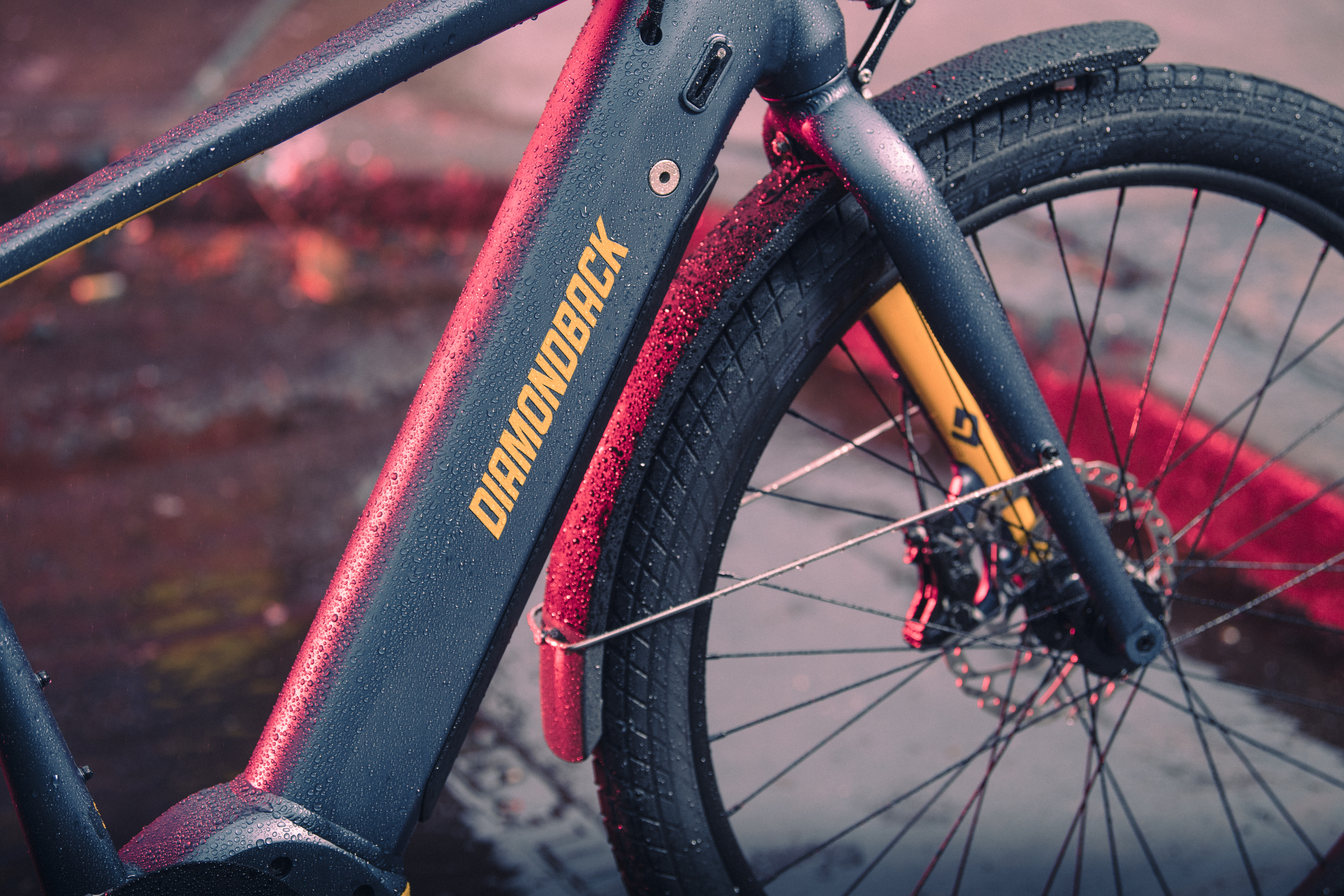Proper tire pressure improves your bike’s ride, traction, and flat-protection. Measured in pounds per square inch (PSI), recommended pressures can vary widely by tire, so it’s important to know your tire’s specifications. Follow these guidelines and get the most out of every ride:
- Check your tire’s sidewall for its recommended PSI. This is usually expressed in a range: “50-70 PSI,” for instance.
- Find your ideal pressure by starting at the midpoint of the tire’s pressure range, then factor in your weight and riding style. Heavier riders can get away with more pressure, but be sure to always stay within a tire’s pressure range.
There are two types of valve stems: Shrader and Presta. You’ll recognize Schrader valves from your car. Presta valves have a nut that keeps them tightly closed.
- Remove the dust cap. If you have Presta valves, unscrew the valve and give it a tap to break the seal. This allows free movement of air into the tube.
- Attach the pump head. Most pumps can accommodate both Presta and Schrader valves. Make sure the head is fully on the valve by giving it a little wiggle as you push it down.
- Engage the pump head by rotating the lever. Air should flow freely into the tube: if the pressure spikes rapidly with the first few pumps, the head is most likely not fully engaged.
- Pump to the recommended PSI and remove the head gently.
- Remember to close Presta tips and replace dust covers.
Go out for a spin and enjoy the ride of your properly-inflated tires!
Read More
Tech Tips 




